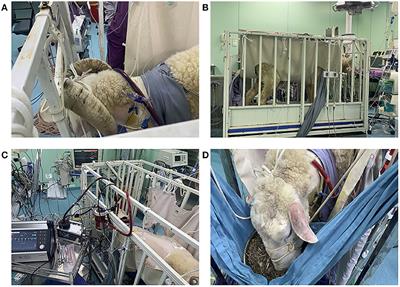EDITORIAL
Published on 15 Nov 2022
Editorial: The use of large animal models to improve pre-clinical translational research
doi 10.3389/fvets.2022.1086912
- 2,093 views
- 5 citations
10k
Total downloads
50k
Total views and downloads
You will be redirected to our submission process.
EDITORIAL
Published on 15 Nov 2022
BRIEF RESEARCH REPORT
Published on 24 Oct 2022
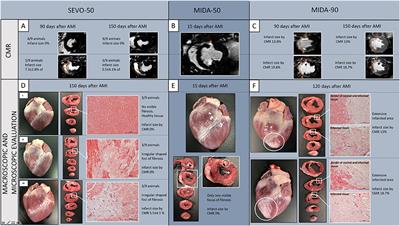
ORIGINAL RESEARCH
Published on 14 Oct 2022
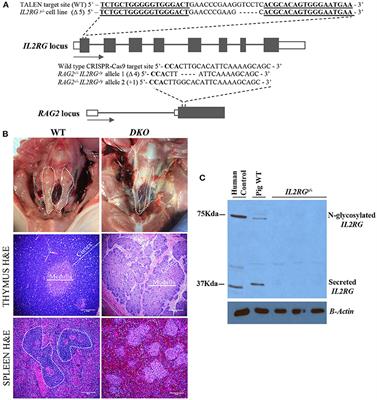
METHODS
Published on 02 Sep 2022
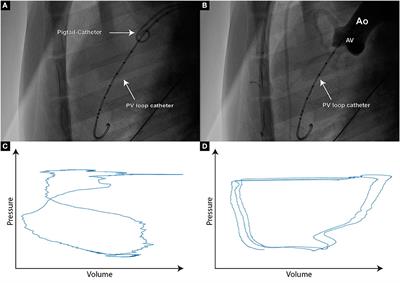
ORIGINAL RESEARCH
Published on 21 Jun 2022
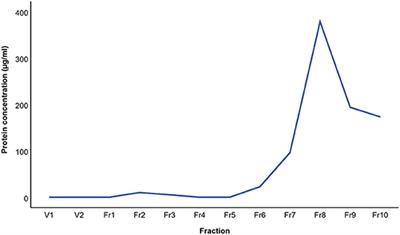
REVIEW
Published on 20 May 2022
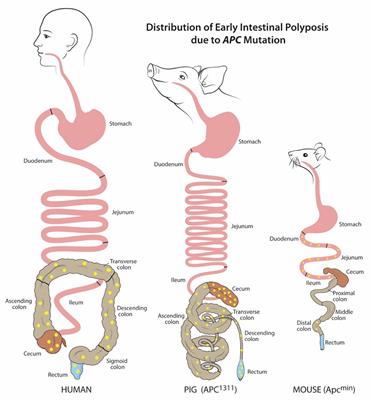
ORIGINAL RESEARCH
Published on 03 May 2022
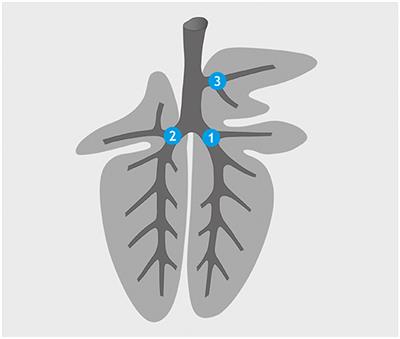
ORIGINAL RESEARCH
Published on 28 Apr 2022

REVIEW
Published on 26 Apr 2022

MINI REVIEW
Published on 25 Mar 2022
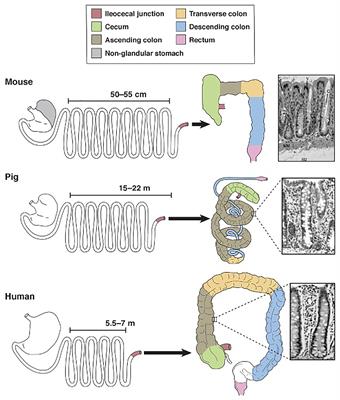
ORIGINAL RESEARCH
Published on 03 Feb 2022
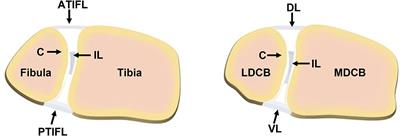
ORIGINAL RESEARCH
Published on 23 Dec 2021
